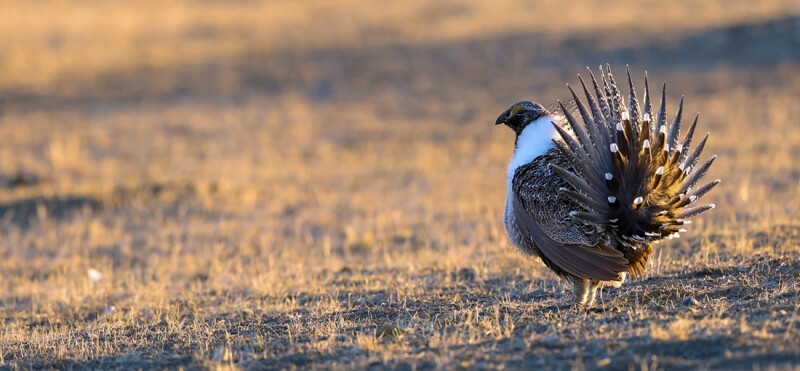President Joe Biden’s administration has proposed tighter restrictions on oil, solar, and wind energy development across more than 6,500 square miles of federal land in the US West to protect a declining bird species.
However, it is doubtful the changes would survive under President-elect Donald Trump.
Greater sage grouse—chicken-sized birds known for an elaborate mating ritual—were once found across much of the US West. Their numbers plummeted in recent decades because of energy exploration, wildfires, disease, and other pressures.
A 2015 agreement shepherded by the Obama administration kept the birds off the endangered species list by imposing limits on where and when development could occur across 226,000 square miles of remaining grouse habitat spanning 11 states.
Now, in the closing weeks of the Biden administration, officials with the Interior Department want to make the protections even stronger. Their plan would eliminate loopholes that allowed development in areas considered crucial to the bird’s long-term survival. New solar and wind projects would be excluded, and oil and gas exploration could only occur from drilling sites located outside the protected areas.
Trump has pushed to open more public lands to energy development in line with his mantra to “drill baby drill.” During his first administration, officials attempted to scale back the Obama-era sage grouse protections but were blocked in court.
Interior Secretary Deb Haaland said the science-based proposal would boost sage grouse while allowing development on government lands to continue.
“For too long, a false choice has been presented for land management that aims to pit development against conservation,” Haaland said in a statement.

